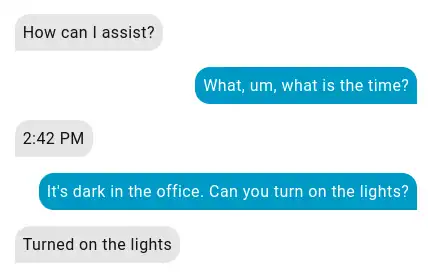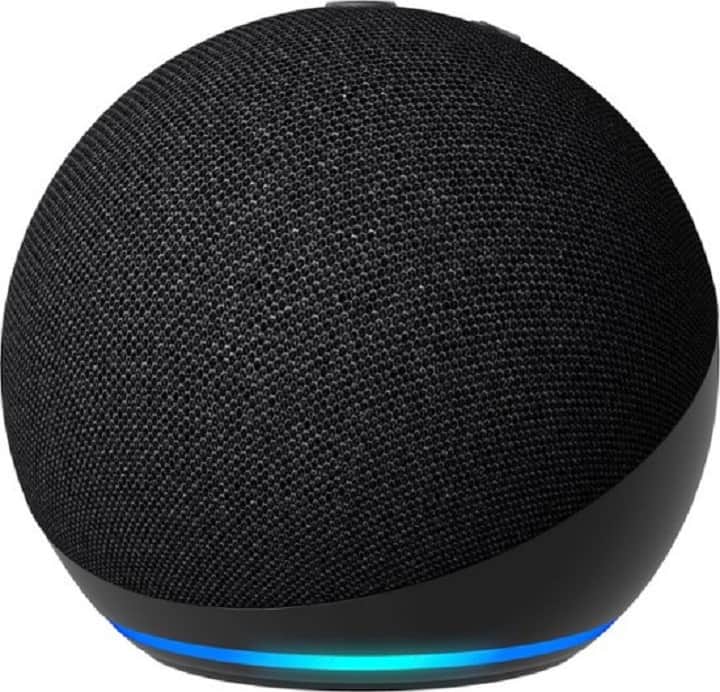The latest update for Home Assistant’s voice features, known as Voice Chapter 11, brings new functions focused on multilingual voice assistants and expanded control options for smart homes. We love Home Assistant’s voice assistant, specifically because it’s easy to run it completely locally on minimum hardware.
The main update allows users to set up their home automation systems so that voice commands can be understood and responded to in more than one language within the same household. This is done by assigning different wake words to separate voice assistant pipelines, each set to a specific language. For example, one wake word can activate English responses, while another triggers French. This is useful for households where people speak multiple languages or for anyone who wants to keep different systems, like local and cloud-based assistants, separate with distinct wake words.
We are most excited by the improved fuzzy sentence matching. Sentence matching, the process where the assistant understands what you say, has been a sore point with us for a while. The system checks what you say against a list of sentence templates, which makes it fast and reliable even on basic hardware. But we get a lot of “I couldn’t understand that” responses when we try to use our voice assistant from across the room. So improving this process so that the sentences just have to be close to the pre-programmed ones instead of an exact match is going to make our lives worlds easier.
Home Assistant continues to add new pre-programmed sentence matches, called “intents”, that connect what users say to actions in the system. Recent additions include new ways to control media player volume, set fan speeds by percentage, and even operate robotic lawn mowers using voice commands. These features are designed to work as a “do what I mean” system, so users can speak naturally and have their instructions understood. The new “Ask Question” action lets automations ask users questions and take actions based on the reply, all handled locally without needing cloud or AI services.
Home Assistant has also expanded the number of supported languages. Some of these languages are not even available on larger commercial voice assistant platforms from big tech companies. The system now supports up to two wake words and pipelines per device, which gives users more flexibility in setting up their smart home environment. This can be helpful for families or roommates who have different language preferences. The update also means that even the smallest supported hardware can run these features.
Overall, this update makes Home Assistant’s voice features more flexible, private, and accessible to people who speak different languages or want to keep their smart home systems local. The ability to handle more languages, support multiple wake words, and offer expanded command options gives users more control over their home automation experience.
View the original press release.


